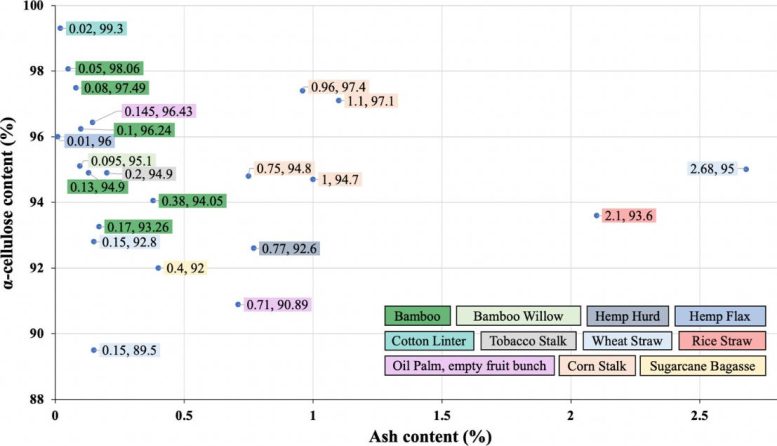A new paper addresses the environmental challenges in textile manufacturing due to increased global demand and proposes using agricultural residues and recycled materials for sustainable production. Led by Ryen Frazier’s research, it identifies suitable residues in North America and emphasizes the need for adapted processing techniques for these alternative fibers.
We could be wearing clothing made from agricultural, paper, and textile waste in 50 years.
The world’s population has surpassed 8 billion, leading to a rise in textile demand. Synthetic fibers such as polyester are rapidly and inexpensively produced, yet their environmental footprint is growingly worrisome. Cotton, while natural and decomposable, necessitates significant land and water resources, further burdening the environment.
Land in the future will be important for food crops and development to feed and shelter the growing population, and planting more non-food crops like cotton will take away from the already dwindling available land.

Simplified process steps for converting non-wood feedstocks (such as agricultural waste) to textile fibers. Credit: Ryen M. Frazier, Department of Forest Biomaterials, North Carolina State University, Raleigh, NC 27695, USA
Textile manufacturers are under tremendous pressure to make more and more textile fiber without bringing about any additional environmental burden. Fiber recycling has played an important role and could serve as part of the solution, but this area is still emerging and needs more infrastructure, buy-in from brands, and high levels of organization and cooperation.
Innovative Solutions for Sustainable Textile Manufacturing
Therefore, the authors have proposed using waste materials such as agricultural residues, recycled paper and board, and old cotton textile waste as raw materials for regenerative textile manufacturing. Thus far, no study has evaluated the potential of such waste sources for textile applications in such a comprehensive manner.

Dissolving pulp α-cellulose and ash contents achieved by various alternative feedstock and pulping combinations (globally). High α-cellulose values combined with low ash contents yield pulp most suitable for textile conversion. Note, this graphic does not consider availability. Credit: Ryen Frazier
“The article mostly focuses on the potential of agricultural residues, as these waste sources have well-documented volumes and could serve as a good solution to the shortage of fiber in the United States,” explains Ph.D. candidate Ryen Frazier, who led the research on this topic. Ryen’s work is part of a larger research consortium named SAFI (Sustainable and Alternative Fibers Initiative), led by her research advisor at North Carolina State University. SAFI is a global initiative for sustainable fiber development that focuses on researching, developing, and utilizing alternative fibers to manufacture a myriad of sustainable products. “Although the raw materials can vary in chemical and physical properties, if we understand the differences, we may be able to use this to our advantage to tune properties in the final textile fibers or to prioritize one feedstock over another.”
The authors conclude that in North America, soybean, wheat, rice, sorghum, and sugarcane residues are widely available and the most suitable candidates for textile conversion. Recycled materials are also a good feedstock option for textiles. However, it should be emphasized that conventional pulping and conversion processes may not be suitable for these alternative fibers without modification or adaptation. The work identifies emerging technology options that might be more suitable for these alternative raw material sources.
Reference: “Beyond Cotton and Polyester: An Evaluation of Emerging Feedstocks and Conversion Methods for the Future of Fashion Industry” by Ryen M. Frazier, Keren A. Vivas, Ivana Azuaje, Ramon Vera, Alonzo Pifano, Naycari Forfora, Hasan Jameel, Ericka Ford, Joel J. Pawlak, Richard Venditti and Ronalds Gonzalez, 4 January 2024, Journal of Bioresources and Bioproducts.
DOI: 10.1016/j.jobab.2024.01.001





